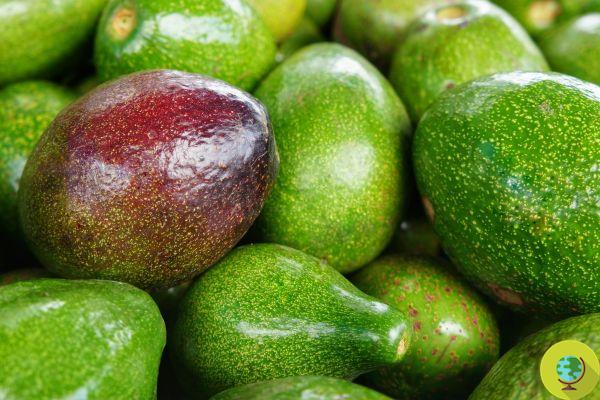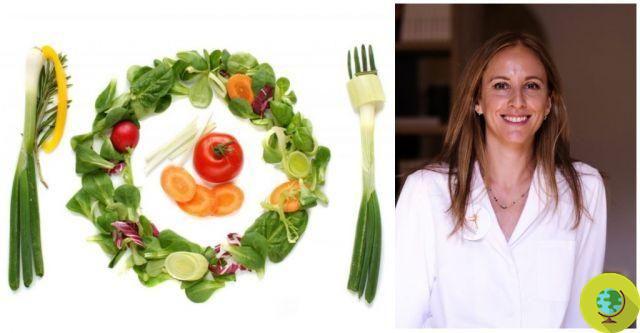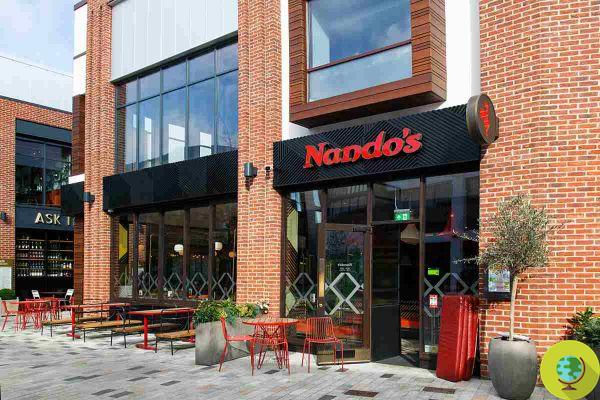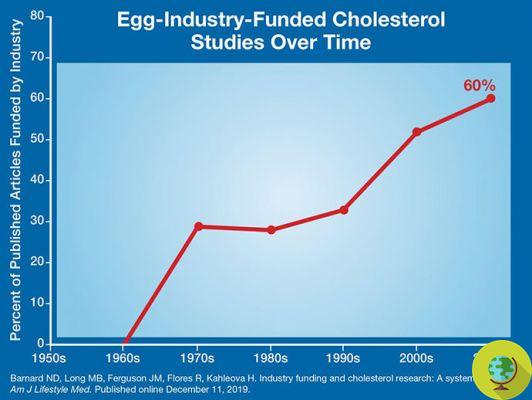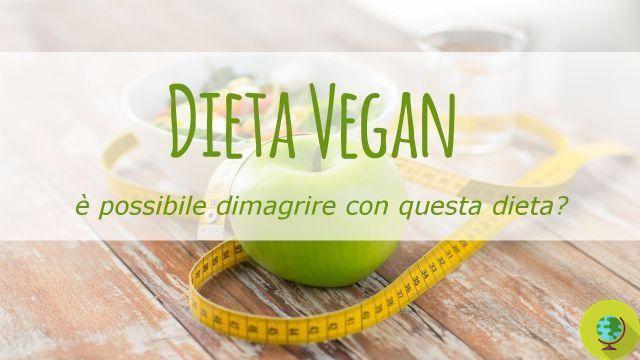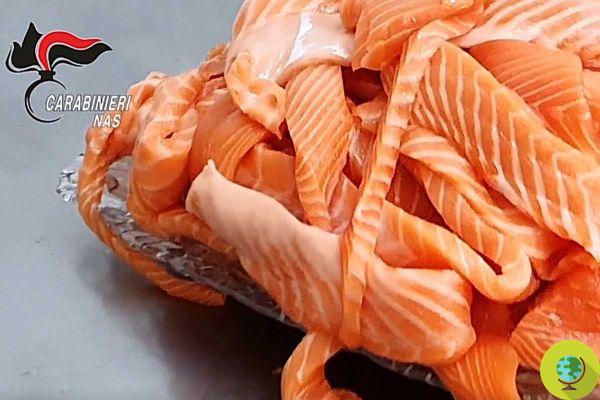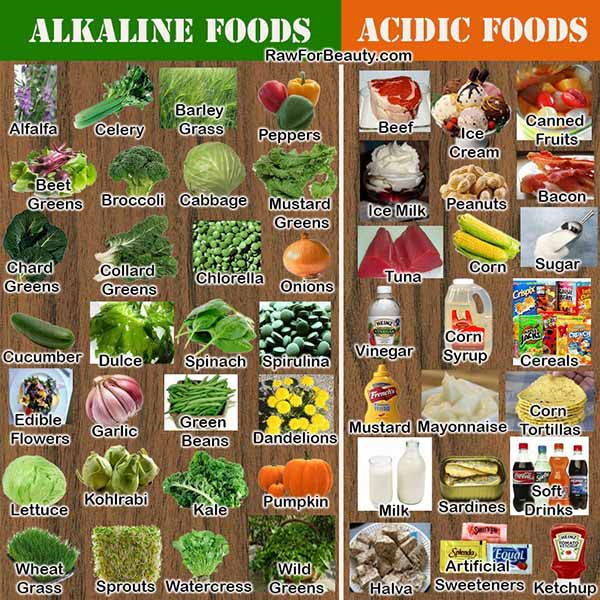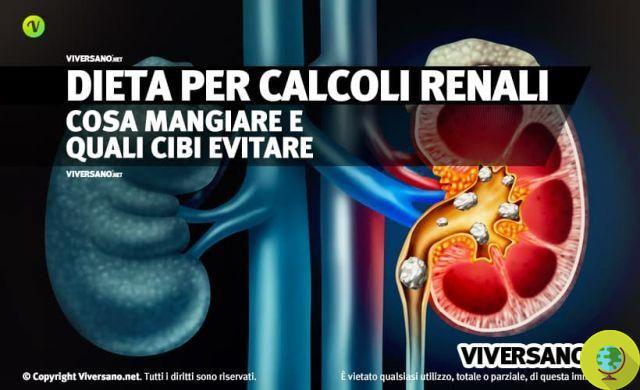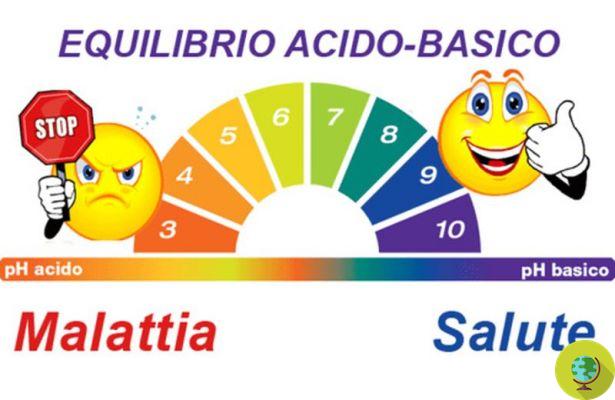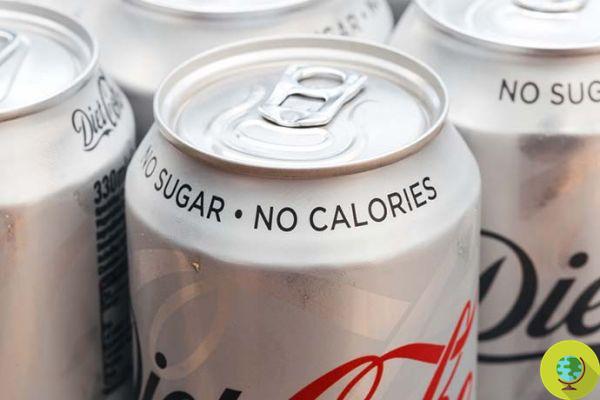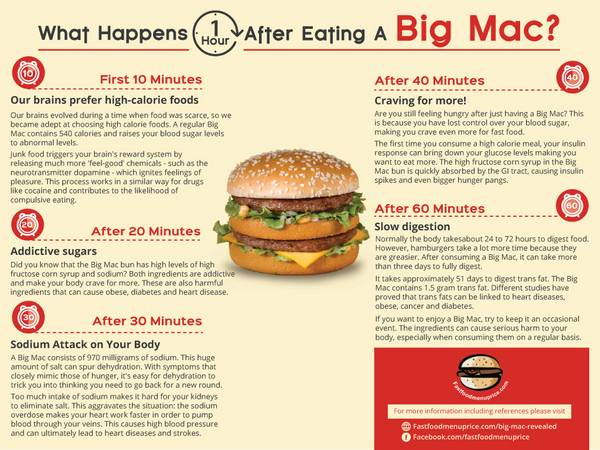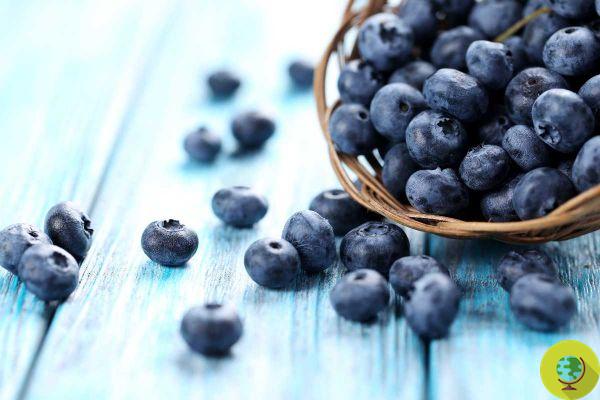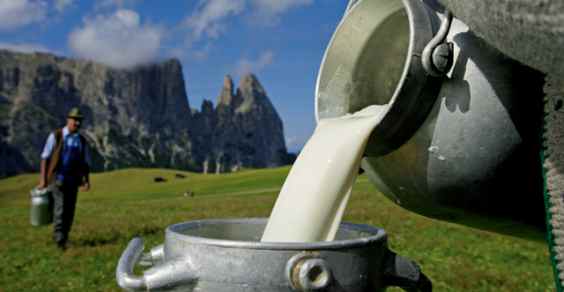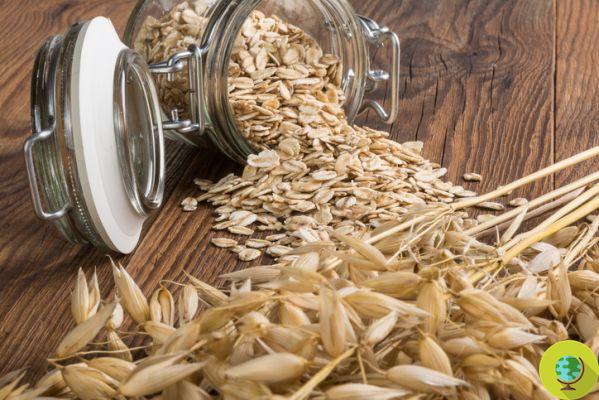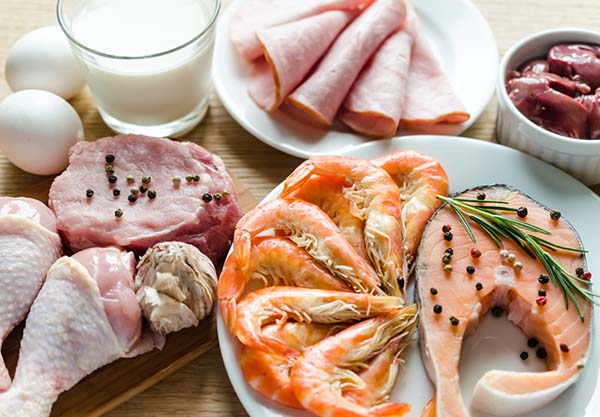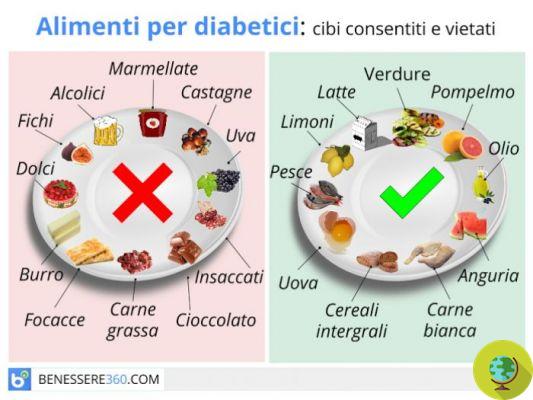The volumetric diet is a diet that focuses above all on the caloric density of foods and at the same time on the sense of fullness that they are able to provide to the stomach, satisfying the one who eats them. Let's find out how it works and what those who follow this diet can eat.
Don't store avocado like this: it's dangerous
La volumetric diet it is a diet that focuses above all on the caloric density of foods and at the same time on the sense of fullness that they are able to provide to the stomach, satisfying the one who eats them. Let's find out how it works and what those who follow this diet can eat.
The idea of the volumetric diet was born in America from the work of Barbara Rolls, nutritionist and director of the "Laboratory for the Study of Human Ingestive Behavior" at Penn State University.
It is based on a very simple concept: people love to eat and don't want to feel hungry. Even if they have to lose weight, therefore, they will always prefer a diet that allows them to eat more. This explains, according to the doctor, the fact that restrictive diets in most cases do not achieve the desired result. This is due to the fact that people deprived of food feel exhausted and quickly resume the previous eating habits that led them to gain weight.
The volumetric diet is designed specifically for those people who have found themselves struggling with the sense of hunger with other types of diets.
Index
name="volumetric-diet-how-does-it-work-">Volumetric diet, how does it work?
The volumetric diet focuses particular attention on energy density of foods and their satiating power. The aim is to ensure that the stomach, by ingesting large quantities of low-calorie foods but with great volume and satiating power, can first reach the sensation of fullness and consequently the person can feel satisfied and not in a state of food deprivation.
This diet therefore proposes to increase the intake of foods with low energy density, or low calorie content. You can therefore eat a lot, in some cases even more than before, without gaining weight and even losing weight. However, foods very rich in fiber and water with a satiating power should be preferred.
Every day a person who follows this diet can take, according to needs (which will have to be evaluated by an expert on a case-by-case basis), up to 2000 kcal divided into 3 main meals and 2 snacks.
Compared to other diets, the volumetric does not promise a very fast but moderate and constant weight loss, you can tend to lose a kilo a week.
name="volumetric-diet-what-to-eat-">Volumetric diet, what to eat?
In reality, the volumetric diet does not a priori exclude any type of food but obviously suggests a preference for low-calorie foods.
For this purpose, foods are divided into 4 groups based on their caloric density:
- Very low density: non-starchy fruits and vegetables, skim milk, low-fat yogurt.
- Low density: starchy fruits and vegetables, whole grains, legumes, lean meat, fish
- Average density: cheeses, meat, pizza, sauces, ice cream and desserts
- High density: bread, chips, snacks, chocolate, dried fruit, biscuits, oil, butter
Among the foods that should be consumed often there are therefore those that belong to the first two groups, rich in fiber, lean proteins and Omega 3 (especially from fish). You can consume, for example, velvety, soups, minestrone, fresh fruit and vegetables but also yogurt and low-fat milk.
Medium and high calorie density ingredients cannot be completely excluded but can be consumed less frequently and in smaller quantities.
Volumetric diet, weekly schedule
We offer you a weekly menu of the volumetric diet by way of example. However, if you want to experiment with this diet or lose weight, we recommend that you rely on a professional to have a personalized plan tailored to your specific needs.
MONDAY'
Breakfast: skim milk and wholemeal bread with sugar-free jam
Lunch: wholemeal pasta with vegetables and raw vegetables at will
Price: chicken with seasonal vegetables
TUESDAY'
Breakfast: cereals with low-fat yogurt
Lunch: Rice with seasonal vegetables and raw or cooked vegetables at will
Price: baked fish with potatoes and grilled vegetables
WEDNESDAY'
Breakfast: wholemeal bread with low-fat cheese and green tea
Lunch: rice and vegetable salad
Price: vegetable soup with spelled and legumes
THURSDAY'
Breakfast: skim milk and wholemeal bread with sugar-free jam
Lunch: salad with seasonal vegetables, cottage cheese and wholemeal bread, a fruit
Price: tofu with grilled vegetables
FRIDAY'
Breakfast: cereals with low-fat yogurt
Lunch: couscous with seasonal vegetables and a fruit
Price: omelette with raw and cooked vegetables
Saturday
Breakfast: wholemeal bread with low-fat cheese and green tea
Lunch: wholemeal pasta with seasonal vegetables and salad
Price: turkey with vegetable garnish
Sunday
Breakfast: skim milk and wholemeal bread with sugar-free jam
Lunch: rice and lentils, raw vegetables
Price: grilled vegetable and meat puree
For the mid-morning and mid-afternoon snacks you can opt for fresh fruit, raw vegetables to munch on, smoothies, extracts, centrifuges. In the evening, however, it is possible to consume a herbal tea of your choice.
Volumetric diet, contraindications
The volumetric diet has no particular contraindications as long as you rely on the care of an expert who will evaluate the situation specifically. Of course, even those who follow this diet, in which the sense of satiety is obtained with large quantities of low-calorie foods, may not reach the desired goal both because not all of us are actually satisfied in the same way and because we are not always able to actually ingest large quantities of fruit and vegetables.
Volumetric diet, the opinion of the expert
We asked Enrica Bovio, nutritionist biologist and molecular biologist, for an opinion on the volumetric diet. Here is what she told us:
“The volumetric diet is basically a commercial proposal based on some advice that all nutritionists would give in order to lose weight, that is, reduce calories, consume more fruit and vegetables, limit fats and seasonings. This diet, as the name implies, plays on the volume of foods and especially recommends the intake of foods with low and very low energy density (also here as any nutritionist would recommend). The foods of the volumetric diet aim to create 'volume' that is to fill the stomach and give a sense of satiety ".
Does this diet have any positive aspects?
"This kind of diet has many positive aspects because it is based on the consumption of vegetables, fruit, lean meats, whole grains, fish, low-fat dairy products and legumes, so entire categories of foods are not excluded as in other diets (for example the paleodiet). Other points in favor of this diet are given by the fact that pseudo-fasts are not carried out (such as in the lemon diet), the meals are generally five and well spread over the day and no particular combinations of nutrients are required depending on the hours.
Finally, the volumetric diet does not promise miraculous weight losses, unlike other trendy diets, but a more gradual weight loss and therefore healthier and easier to maintain over time ".
“There tend to be no major negatives. Sometimes the volumetric diet is presented as a diet in which there is no need to weigh foods but, with the exception of most vegetables because they are low in calories, there must be established quantities of the various foods to ensure a correct intake of macronutrients and micronutrients. The advice is to quickly switch from the figure in grams to domestic measures, such as ladles and spoons, to make the diet simpler and less stressful.
Another point to address is the concept of satiety given by a full stomach, generally if you eat foods that have few calories, albeit bulky, the sense of satiety does not remain so very long so it is a good habit to introduce snacks between a main meal and the other.
Finally, many times it is not a full stomach that limits the desire to eat, it is also necessary to consider other factors that can influence the way we eat, such as psychological and social factors ".
Would you feel like recommending it? Are there any contraindications?
“Basically there are no major contraindications, it is a sensible diet in a landscape of extravagant and potentially harmful diets, it can be adopted by everyone (in case of health problems always contact your doctor). Do-it-yourself, however, could give more harm than good because there are different diet plans for different caloric intake and you need a professional who evaluates the right one for you! So talk about it with nutrition professionals, doctors and biologists, who will surely be able to advise you on the best solution for your health ".
You may also be interested in other diets:
- DIET DASH
- MEDITERRANEAN DIET
- PROTEIN DIET
- ICE CREAM DIET
- HYPOCALORIC DIET
- SLIMMING DIET
- DIGIUM MIME DIET
- ZONE DIET
- DIET DISSOCATED




